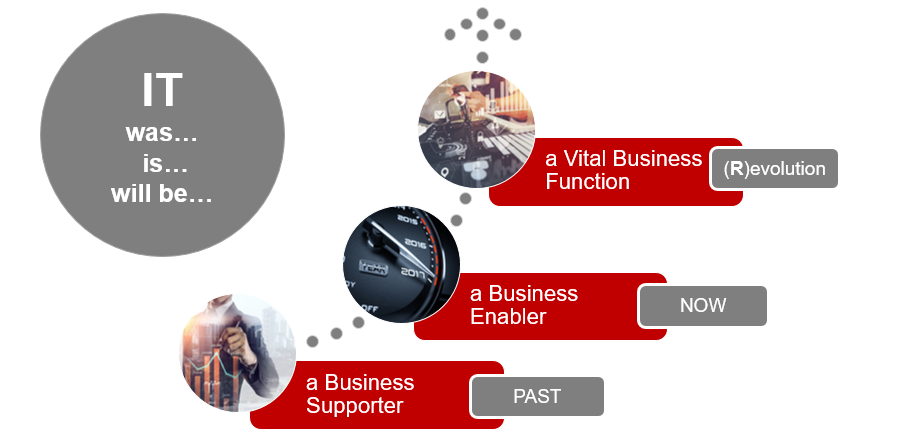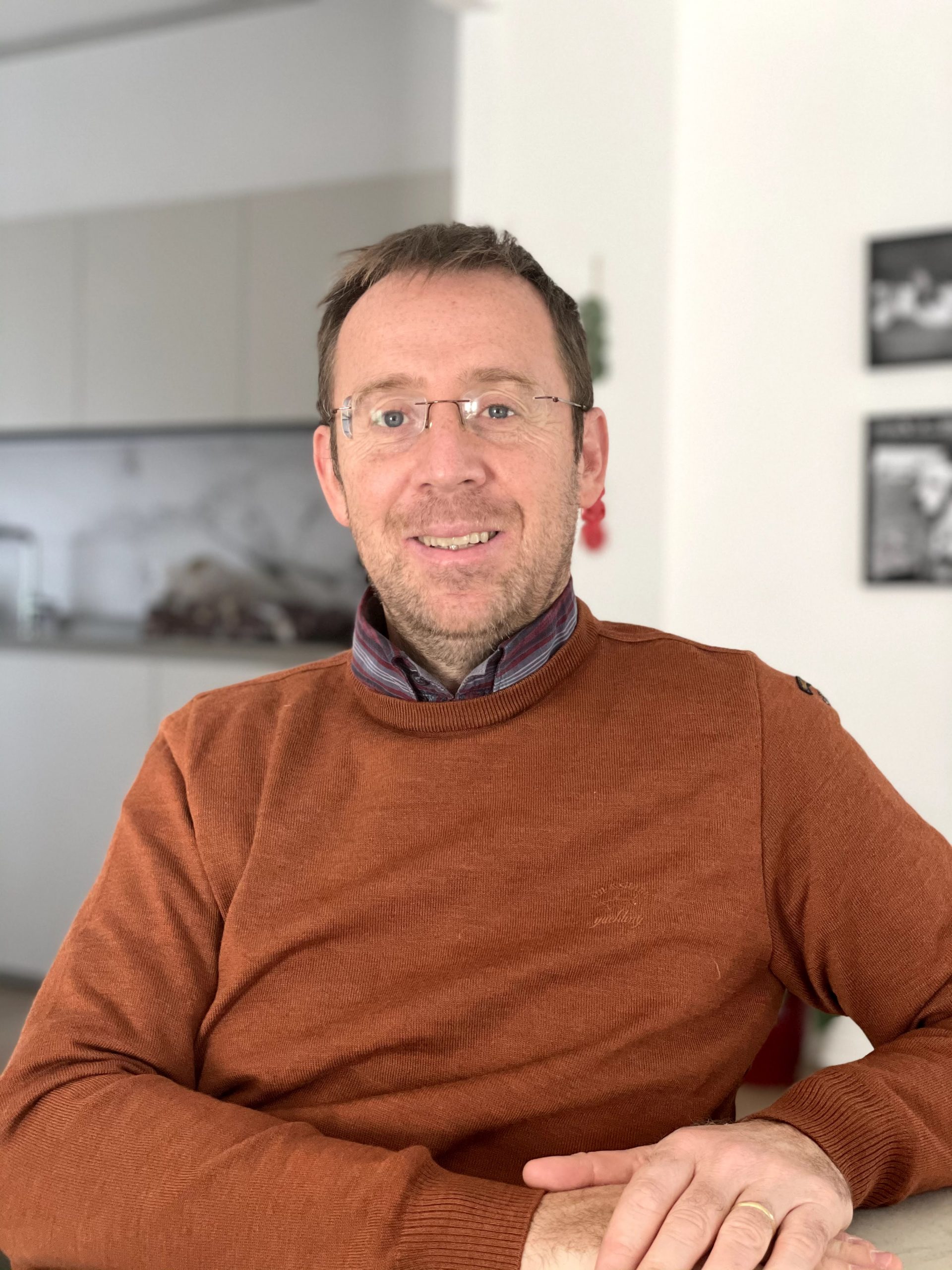IT Strategy (R)evolution: The Changing Role of IT in the Future of Business
End User Experience Monitoring allows for a “sensorial” analysis of the ways users consume IT services delivered within an organization and, increasingly often, from outside it as well.
Everyone knows that IT services only generate value if they are available when needed and if they can achieve the target for which they were designed.
Today with Alyvix we are able to continuously measure a user’s “pulse”, and send alarms in situations that might lead to degraded service or even to a state that risks the service itself and everything that depends on it. The End User Experience allows us to replicate, understand and analyze Vital Business Functions (VBF) – that is, those critical functions that a business judges to be strategic, and are supported by an IT service in order to carry out the overall IT strategy.
An IT strategy should be strictly connected to the business strategy itself. If in the past we did not carefully follow this paradigm, as IT was viewed as just supporting business goals, today IT is evolving to become a real business enabler. In certain cases, by itself it can even be the principle element of value that the company wants to generate.
The rapid transformation in today’s marketplace, movers and technologies demands equally rapid adaptability within your business. The Digital Transformation should be a continuous process with regular milestones that guarantees alignment between both the business and IT strategies.
Based on this premise, you can see why we started to design concepts such as the “Enterprise Agile” through a critical “software-agnostic” approach of the 12 principles of the Agile Manifesto from the field of software engineering. We then reuse these Agile principles by substituting the word development with the terms like product or service. Here, the Agile needs for continuous integration and adaptation fit perfectly with the new company demand to support the evolving business.
Not knowing how to adapt to a changing environment with the required speed (which ought to, however, guarantee a certain equilibrium) can put the objectives of the business strategy at risk, with all the negative consequences that can ensue.
As the business should move and change with a regular speed, IT should be able to follow Agile principles such as continuous integration, which is nothing more than the ability to keep adding new business value to software while always maintaining existing services. This also involves a continuous change in the way services and their architectures are designed, realized and maintained. Automating the delivery of new or evolving services thus becomes ever more strategic in allowing the company to keep ahead of the competition while still maintaining internal stability and growth.
With end-to-end Monitoring solutions like Alyvix, we are in a position to observe this change. Alyvix ignores (just like a user does) the technologies that are used to deliver web services (network, cloud, internet etc.) by focusing only on the End User Experience.
It is therefore essential to support this Digital Transformation by integrating end-to-end Monitoring tools with other solutions that can see beyond the user experience. We must also measure the separate application and infrastructural aspects of service delivery (usually called Support or Core Services as opposed to Frontend Services which are the part that the user sees).
The End User Experience tells us whether the service is available, in other words, it ensures that the service I as a user am willing to pay for, is actually up and running. However, if I want to understand what is contributing to the degradation of the user experience, I need to pay attention to these things, and thus measure the stability, reliability and availability on the infrastructure side.
This need in my opinion creates the conditions for going beyond the End User Experience by adopting an Application Performance Management (APM) solution such as NetEye. APM refers to performance and availability monitoring for IT services. In NetEye we decided to call this functionality as NetEye IT Operations Analytics (ITOA).
A continuous and regular change of architectures, products and services as expected by the business must be constantly measured and monitored. The user’s “pulse” alone may not be enough. “Human” users are only one part of the “users” who consume services. For instance, just think a moment about what lies behind the definition of IoT.
Unfortunately, in the design phase of a service it is always difficult to evaluate a priori what, who, from where and when the service will be consumed. One thing is clear, though: we will have to design, implement and maintain it in such a way as to be able to measure it at any time. Measuring gives us the opportunity to take objective decisions and to ensure constant and continuous improvement of what the business is offering.
Let’s try to imagine the mountain of data that will be created by near-real-time performance measurements of all services and their components (to be complete, the measurements must be performed in a holistic way – they must start from the application level up to the physical one and all the way to the environmental one.)
Well, an enormous amount of data will be generated, no doubt about it!
Würth Phoenix, in recent years, has invested in NetEye development by implementing advanced techniques for collecting, correlating and standardizing data. Data that we then sift through and pass on (today it’s every five minutes) to Machine Learning algorithms in order to detect anomalies and generate alarms to notify the right person in charge (or system!) to preemptively solve the situation and avoid any negative impact on users and on the business.
In conclusion, I think we can say that Application Performance Management is the correct path to ensuring that the value chain generated by IT is not negatively affected and nowadays, even guaranteeing that the corresponding business value and strategy is not consequently degraded.








